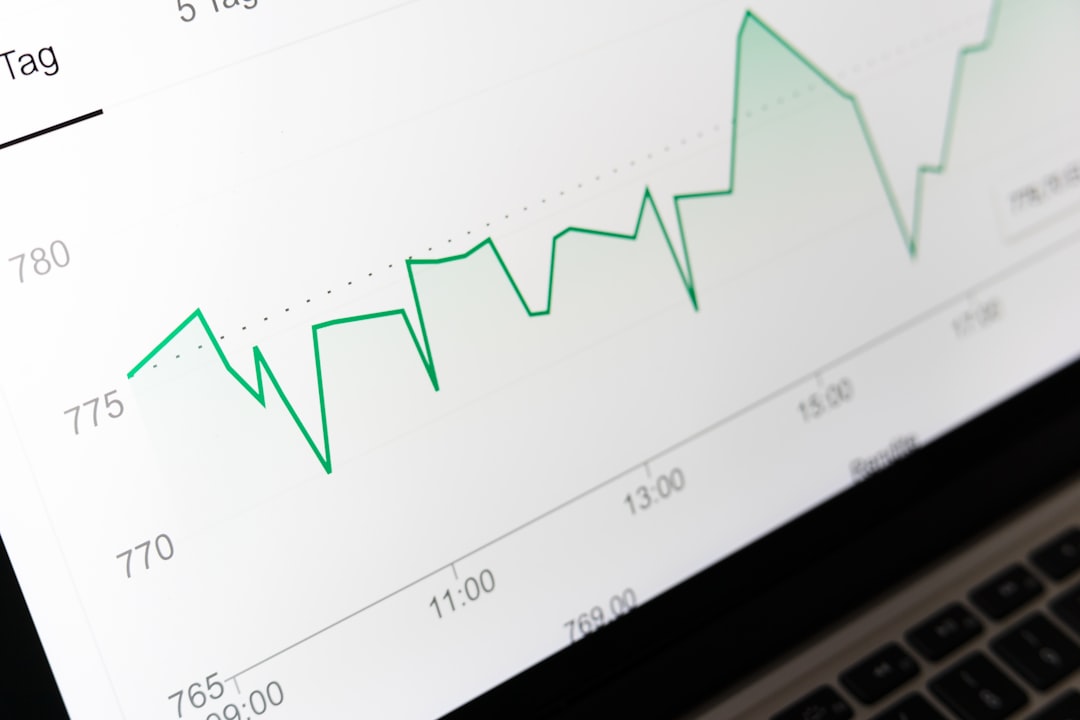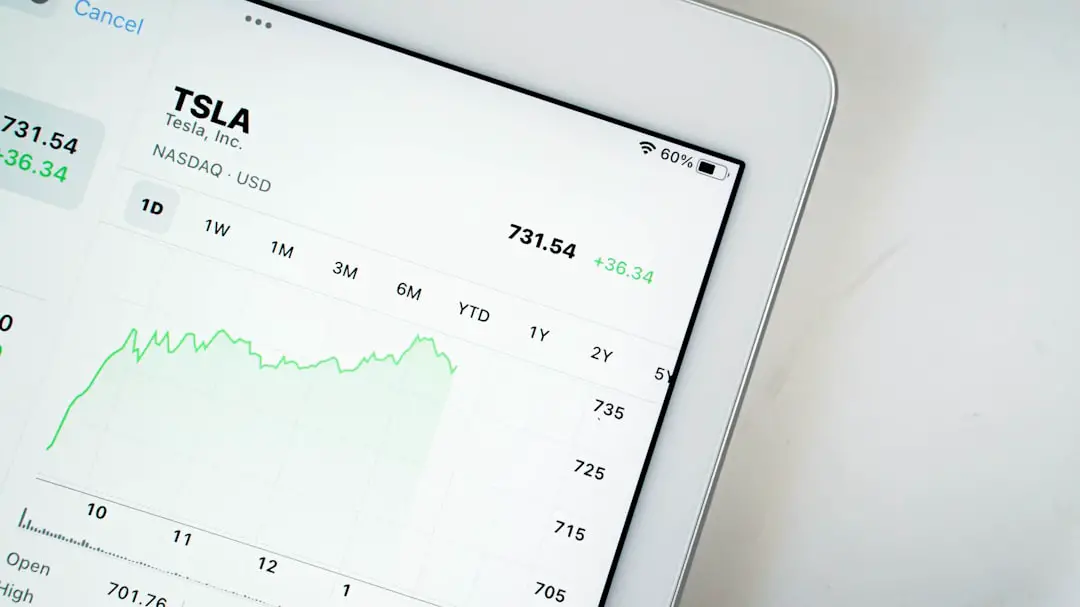Sales forecasting is a critical component of any business strategy. Accurate projections help organizations manage their resources, align departmental targets, and optimize long-term growth. Traditionally, companies have relied on historical data and human intuition for forecasting; however, the introduction of Artificial Intelligence (AI) tools represents a paradigm shift in how businesses can predict future sales performance with greater precision and less uncertainty.
AI tools bring sophistication and scalability to sales forecasting by analyzing massive datasets quickly, identifying hidden patterns, and adapting to changing market dynamics in real time. This means businesses are no longer limited to predictable models but can tap into more dynamic and responsive approaches.
Understanding AI in Sales Forecasting
At its core, AI encompasses a range of technologies, including machine learning (ML), natural language processing (NLP), and advanced analytics. These systems work by continuously learning from data inputs to improve their predictions over time.
In the context of sales forecasting, AI tools can:
- Analyze historical sales data from multiple sources like CRMs, e-commerce platforms, and financial systems
- Incorporate external data such as economic indicators, consumer trends, and competitor actions
- Adapt forecasts quickly based on real-time changes in market conditions
Traditional forecasting methods often fall short when dealing with complex datasets or sudden market disruptions. AI, on the other hand, can process these variables more effectively and generate more nuanced predictions.

Improved Accuracy and Reduced Bias
One of the most significant advantages of AI in sales forecasting is its ability to reduce human bias. Often, sales forecasts are overly optimistic or pessimistic due to individual intuition or incomplete information. AI models, however, base their predictions purely on data and continuously learn from past inaccuracies to become more reliable over time.
This increased accuracy helps companies:
- Set more realistic sales quotas
- Manage inventory and supply chain demands more effectively
- Make better financial planning decisions
For example, a retail company using AI might discover that certain product lines perform differently in specific regions—information that might be overlooked in manual forecasting but easily detected by AI tools scanning large datasets for regional trends and anomalies.
Real-Time Forecasting and Scenario Planning
Another powerful application of AI is real-time forecasting. Unlike traditional models, which might be updated monthly or quarterly, AI tools can continuously integrate new data. This allows companies to adjust their strategies quickly in response to unexpected changes such as supply shortages, sudden demand spikes, or global market events.
AI also enhances scenario planning by running simulations on various possibilities. This allows sales teams to explore “what-if” scenarios—such as entering a new market or adjusting prices—and weigh the potential outcomes with data-driven evidence.

Enhanced Collaboration Across Departments
Sales forecasting does not operate in isolation; it affects departments from marketing to logistics. AI tools often come integrated with dashboards and visualization interfaces that allow stakeholders across departments to access forecasts in clear, actionable formats. This transparency fosters better collaboration and helps organizations align their operations with a unified understanding of projected performance.
For instance, marketing can plan more targeted campaigns based on future sales trends, while supply chain managers can schedule deliveries based on demand forecasts—with everyone working from a consistent and reliable dataset.
Challenges and Considerations
Despite the clear benefits, adopting AI tools for sales forecasting comes with its own challenges. Organizations need to ensure data quality and consistency, invest in the right talent to manage AI systems, and maintain ethical standards around customer data usage. Building trust in AI-generated forecasts also takes time—especially in organizations used to traditional forecasting methods.
Key considerations include:
- Clean and comprehensive data inputs
- Employee training and buy-in
- Compliance with data privacy regulations
However, with proper planning and implementation, these challenges are manageable and are outweighed by the long-term advantages AI brings to forecasting accuracy and business agility.
Conclusion
AI tools are revolutionizing sales forecasting by offering faster analysis, greater accuracy, and more adaptable decision-making. For businesses looking to stay competitive in an ever-changing market landscape, investing in AI-driven forecasting is no longer a futuristic concept—it is a strategic imperative. By embracing this technology, companies gain not only a better view of what lies ahead but also the tools to shape their future with greater confidence.

